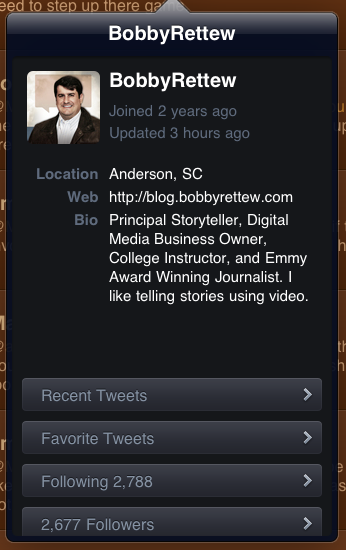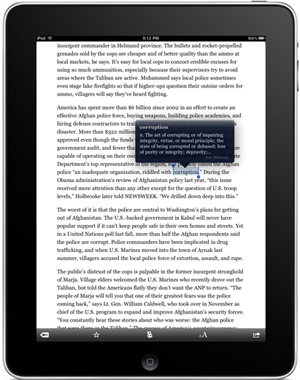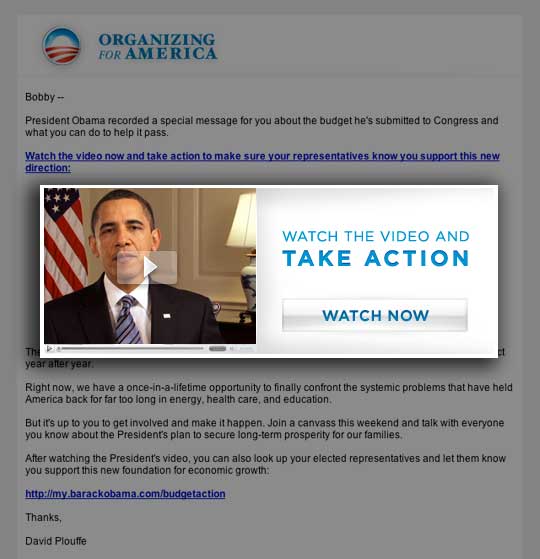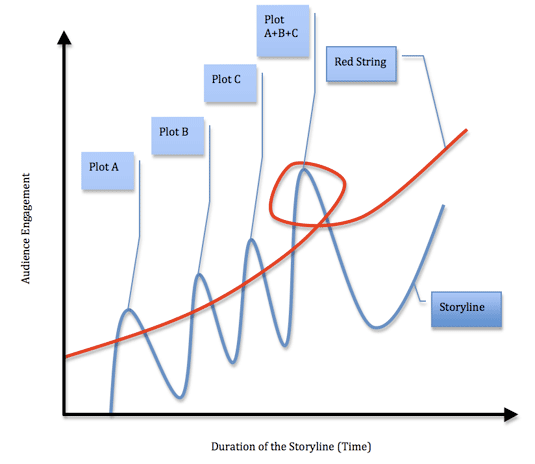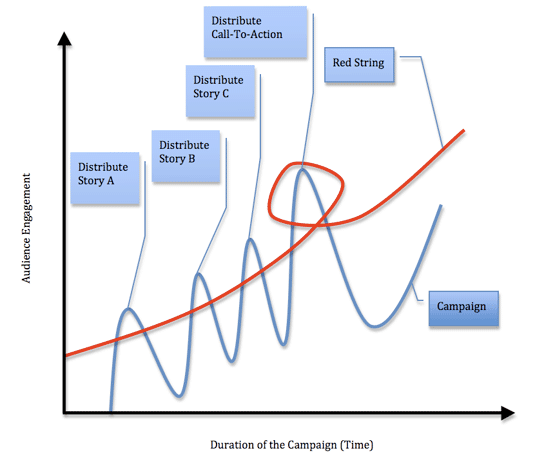When I was working in Special Projects for WCNC-TV back in 2006, we were putting together a special show for fallen heros during the Iraq Conflict. A story came across our radar, one that was done for the News Department on a nightly turn around. This story touched my boss Allison Andrews and she came to me to see if I could re-edit the story, add some touches to it for a special show she wanted to put together.
Some of you do not realize, but in larger television markets; some stations have Special Project/Investigative Units staffed specifically to take stories that had more layers to investigate and invest for in-depth review and production. These stories had a little something different that was worth the extra time and effort. The News Department was tasked to find stories to find and produce within the same day. Sometimes they needed more attention. This story caught our eyes, ears, and hearts. This takes a lot!
You see, I have visited more houses during my time as a journalist, interviewing families who have lost loved ones serving our country. I have conducted more interviews, edited more stories about loved ones lost during their service. More stories than I choose to remember. But I should remember, because it is their service that provides the mere freedom and luxuries that I take for granted during my daily life. I am the only male on my father’s side of the family that did not serve his country. I was a mathematics major at Clemson and should have been in the Navy flying jets. But, I had asthma and the armed services threw up a red flag. Because of this…I try to find some way to honor those who have served in my place.
This Memorial Day, I remember a story from 2006. Marine Staff Sergeant Jason Ramseyer from Lenoir, North Carolina lost his life in a road side bomb in Iraq. It was April 20, 2006 to be exact when his mother and wife received the news that he had past away. He had two girls. I remember you Staff Sergeant Jason Ramseyer, and I am forever grateful for your service to this great nation. You have laid down your life in front of this altar of freedom, more than I could ever do for this great nation.
Here is the story we produced in his honor.
Marine Killed
Here are some links to learn more about Staff Sergeant Jason Ramseyer:
Arlington National Cemetery
Fallen Heros Memorial
Military Times
Black Five
Palm Beach Post


